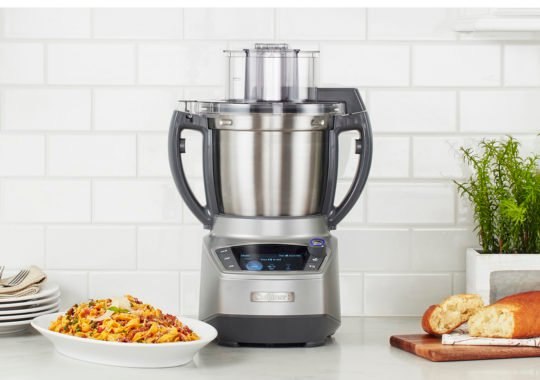Today the supermarket shelves are packed with a wide range of pet foods and it can be hard to know which brands are going to provide the best nutritional care.
Many people make the mistake of believing all pet food is the same and opt for the cheapest brands. But this is not the way to look after your pets. Saying cat food is cat food is the equivalent of suggesting that eating at McDonald’s is the same as dining at a three-star Michelin restaurant.
On top of that every cat or dog has its own unique nutritional requirements so it pays to develop an understanding of what these brands offer and what your pet needs.
Tried and tested
When selecting pet food always check that the product has been tested on real animals. You want to make sure to feed Fido a tried-and-true diet that is proven to be beneficial. If phrases such as “feeding trials” or “feeding tests” aren’t found on the labelling, it wasn’t tested on real animals.
Product Identity
Labels can often be misleading about how much an ingredient is present in the product. Product identity not only refers to the brand identity but is also a statement about the flavour and content. For example, the hypothetical Digby’s Beef Dinner for Dogs would likely be a different product to Digby’s Beef Flavoured Dinner for Dogs. The beef dinner might contain upwards of 70 per cent beef while the beef-flavoured alternative might contain less than 5 per cent actual beef.
In almost every situation your cat or dog will require more meat protein than grain protein. This can be hard to tell but if the brand has beef or chicken listed in the ingredients as opposed to a generic “meat” then it is more likely to have better quality protein.
If you have concerns about certain products give the manufacturers a call. They are obliged by law to provide contact details on their products.




